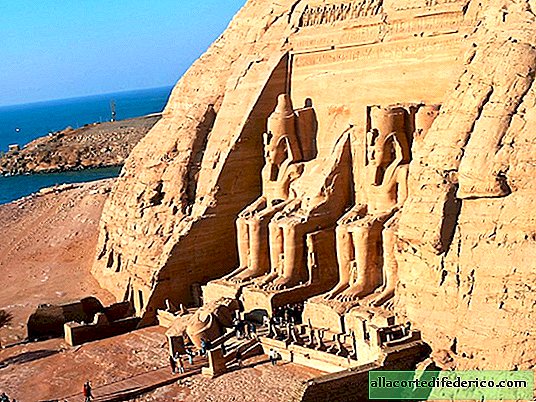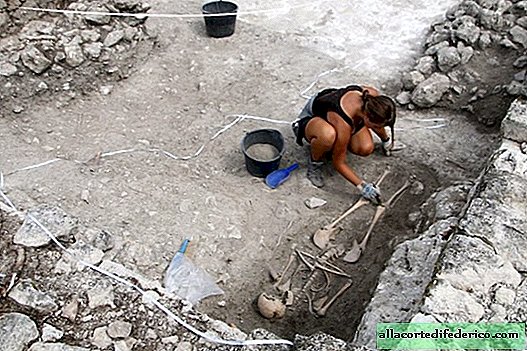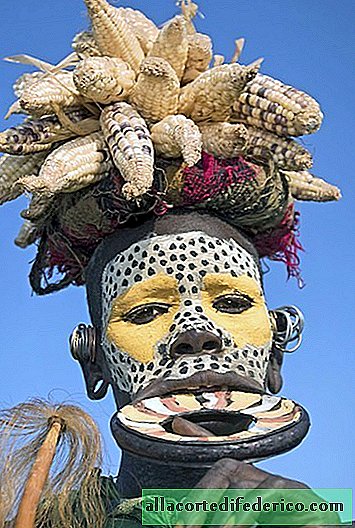Where today descendants of the inhabitants of ancient Egypt live
The civilization of Ancient Egypt existed in the Nile Valley for 40 centuries. Ancient Egypt under the auspices of the gods and pharaohs knew periods of prosperity and decline, associated, as a rule, with the conquests of foreigners. And this civilization ceased its existence in the 7th century, when Arabs invaded its territory. The Egyptians left us a rich culture and many mysteries.
 Pictured: Abu Simbel Temple
Pictured: Abu Simbel TempleToday in the territory of Ancient Egypt there is an independent state called the Arab Republic of Egypt, the main population of which are Arabs who speak Arabic, profess Islam and write from left to right in Arabic script. But what about the inhabitants of ancient Egypt? Conquered by the Arabs, they forever disappeared after their pharaohs, and only the pyramids remind us of this amazing people. But, as genetics found out, everything is not so simple.
 In the photo: Copts in a Christian temple
In the photo: Copts in a Christian templeBut the Arabs of modern Egypt are not as unambiguous as they seem at first glance. Genetics have found that modern Egyptian Arabs are a mixture of the local ancient Egyptian population with the ancient Arabs who conquered Egypt in 640. Being Arabs by language and religion, modern Egyptians are not such by blood. Moreover, there is a difference in the genetic composition of the Arabs and within the country. Researchers distinguish Upper Egypt, which is closer to the border with Sudan, and Lower Egypt, which lies in the Nile Delta. According to the latest genetic data, 80% of the modern population of Upper Egypt is the indigenous population of Ancient Egypt. But the population of Lower Egypt has more Arab blood, while the indigenous ancient Egyptian population there is about 65%.
 In the photo: Egyptian Arabs
In the photo: Egyptian ArabsResearchers also found that not only Arabs have contributed to transforming the genetic makeup of the pyramid builders over the past 2000 years. Their southern neighbors, representatives of the African race, also had a significant impact. The absolute share of the African contribution among the ancient Egyptians was from 6 to 15%, while among the modern inhabitants of Egypt it is 14-21%. The Egyptians allegedly received a stream of African genes about 700 years ago.
As for the descendants of the ancient inhabitants of the Nile Valley outside of modern Egypt, here scientists have made a number of interesting discoveries. It turned out that residents of modern Levan and some territories of Syria are closest to them by blood. It turns out that the ancient Egyptians left us not only the pyramids, sphinxes and the richest cultural heritage, but also kept a part of themselves in the inhabitants of the modern Middle East.

















